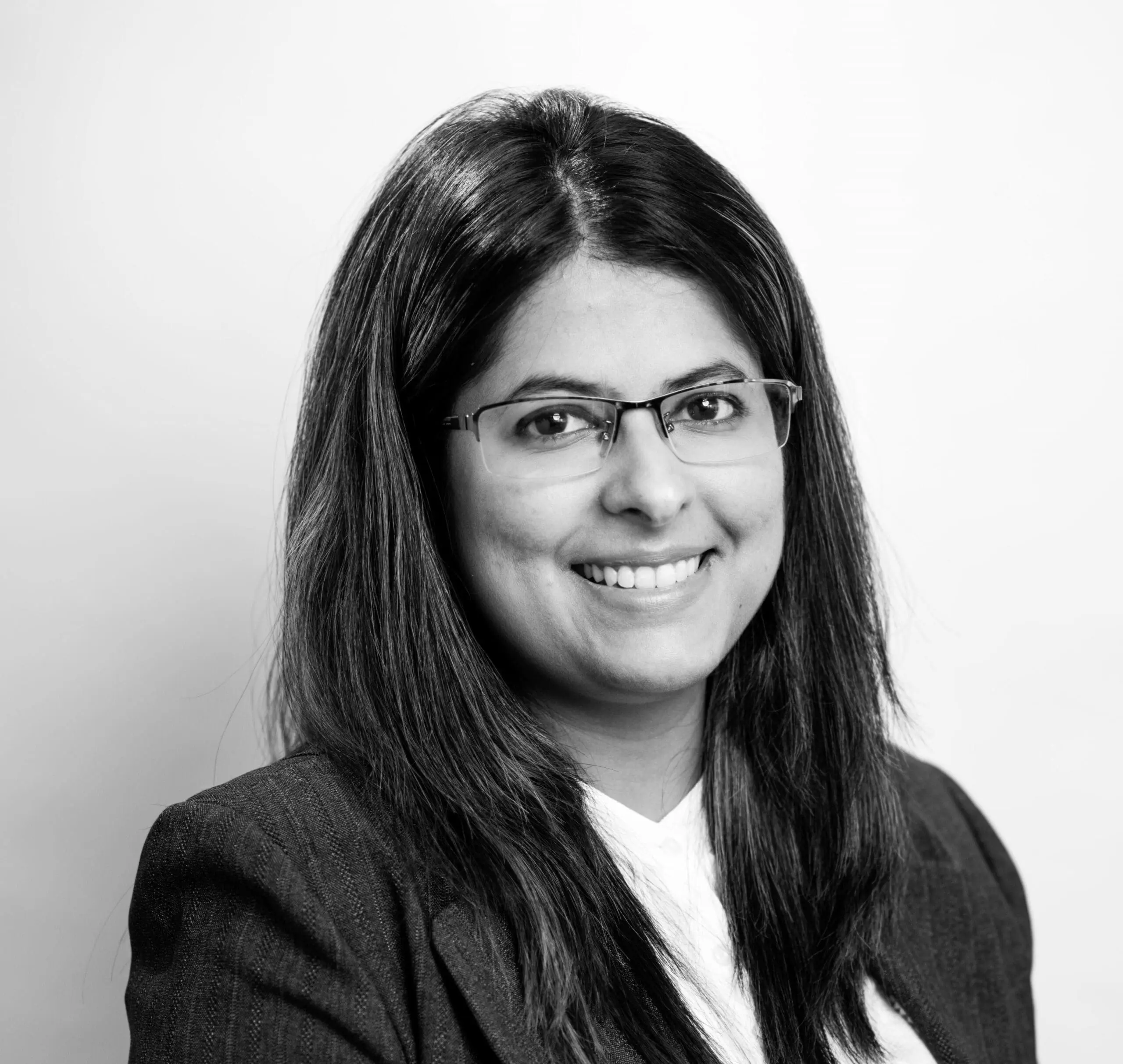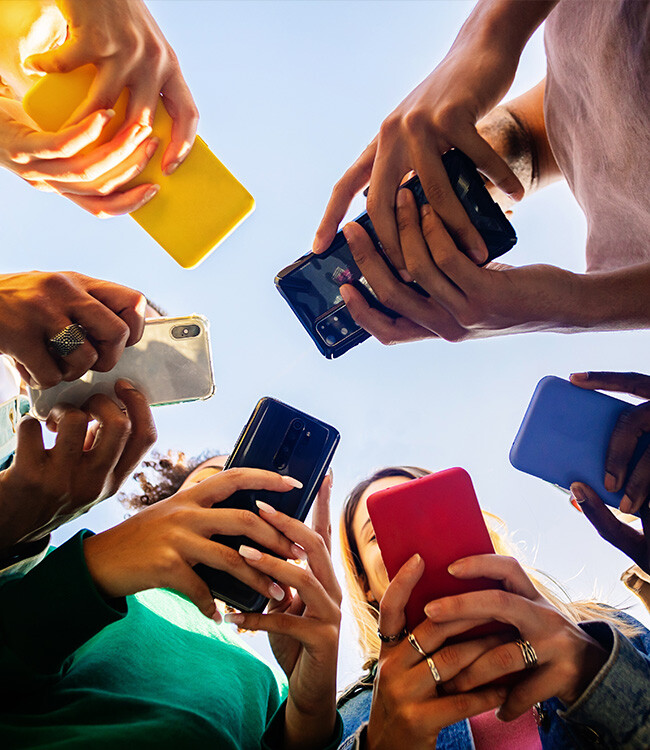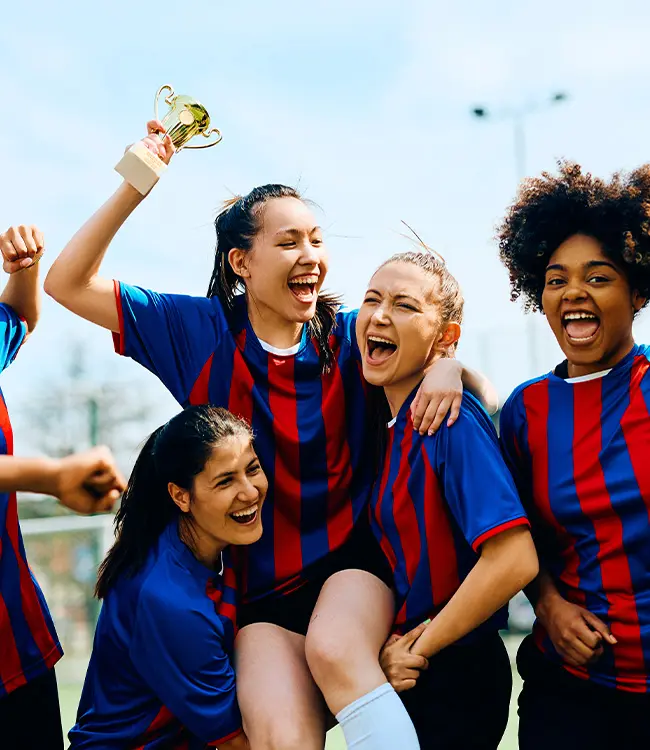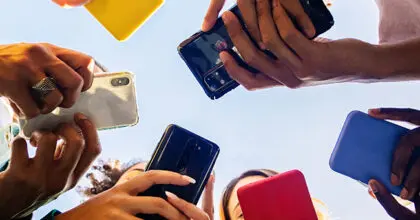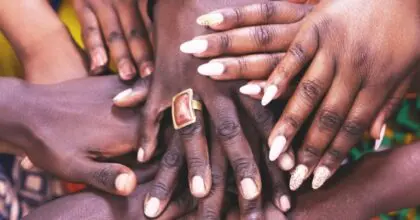To celebrate International Women’s Day, we asked three analysts from our global offices to examine how new product launches, positionings and marketing to women have evolved over the past 10 years in the categories they cover.
Drinks: Supporting Women’s Empowerment
Ophélie Buchet – Global Food & Drink Analyst, based in London
Women are important to the alcohol industry, as the brands that have shown the greatest growth in recent years have been ones consumed by women. So the marketing of alcoholic beverages needs to become more gender neutral as any targeted offering runs the risk of being seen as patronising. Moreover, men are increasingly switching to gender-neutral drinks with low-alcoholic/non-alcoholic beers, pink gins and rosé wines selling well across genders.
Despite this, brands in the category have persisted with launches and advertising that reinforce gender stereotypes. Controversial examples are Brewdog Pink IPA, ironically referred to as “beer for girls”, and the smaller “elegant and stylish” whisky glass for women by Luxor Crystal.
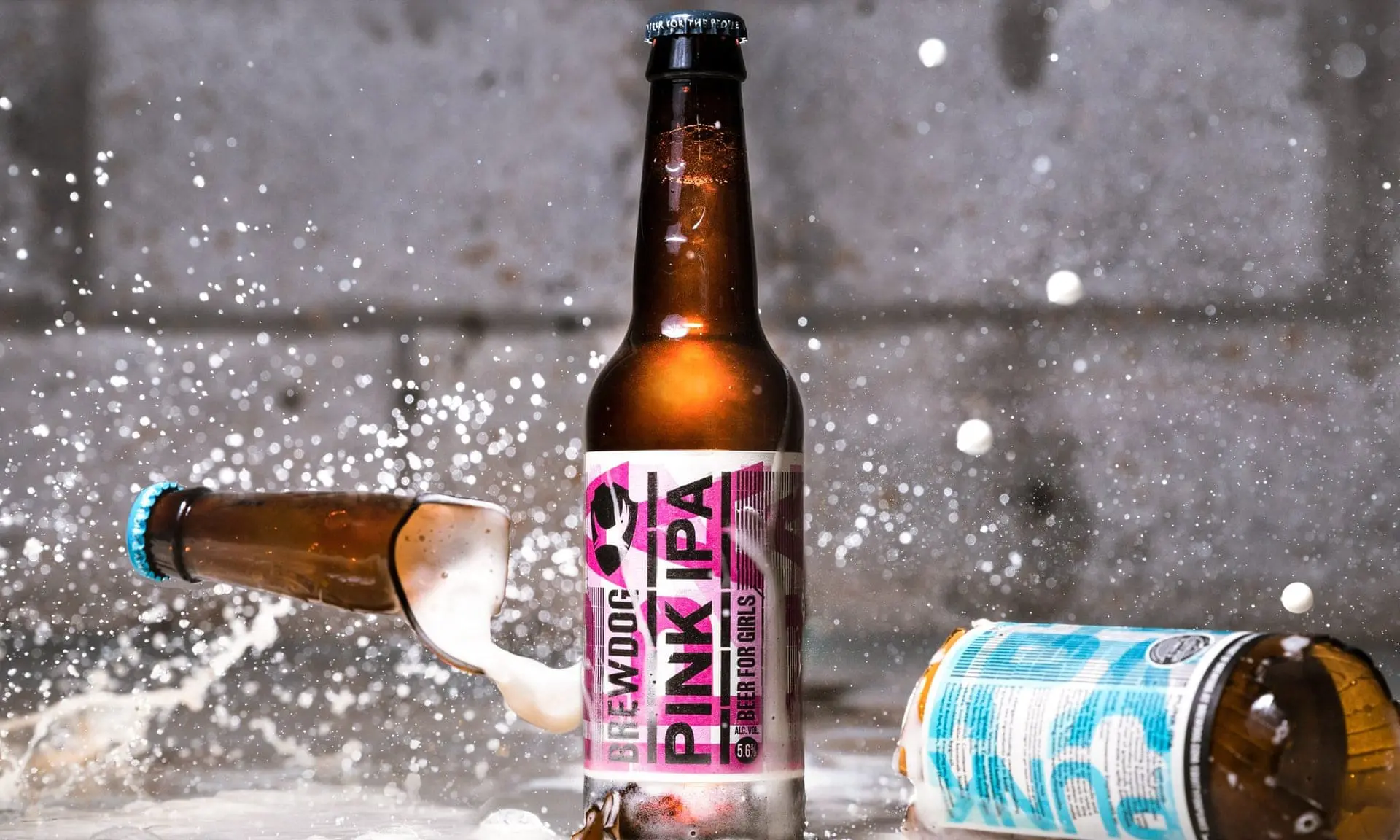
Alcoholic beverage brands should focus on recognising what they have got wrong for so long. Beer brand Skol in Brazil, for instance, invited female artists to revamp the brand’s sexist ads in a bid to demonstrate that it has moved away from such values. Alcoholic beverage brands also need to show they support female empowerment. Diageo’s “free the bid” initiative called on its agencies to put forward at least one female director in the teams behind its marketing campaigns. Smirnoff launched an “equaliser” campaign with Spotify to increase the representation of female artists by allowing consumers to discover more music from female artists based on their own listening habits.
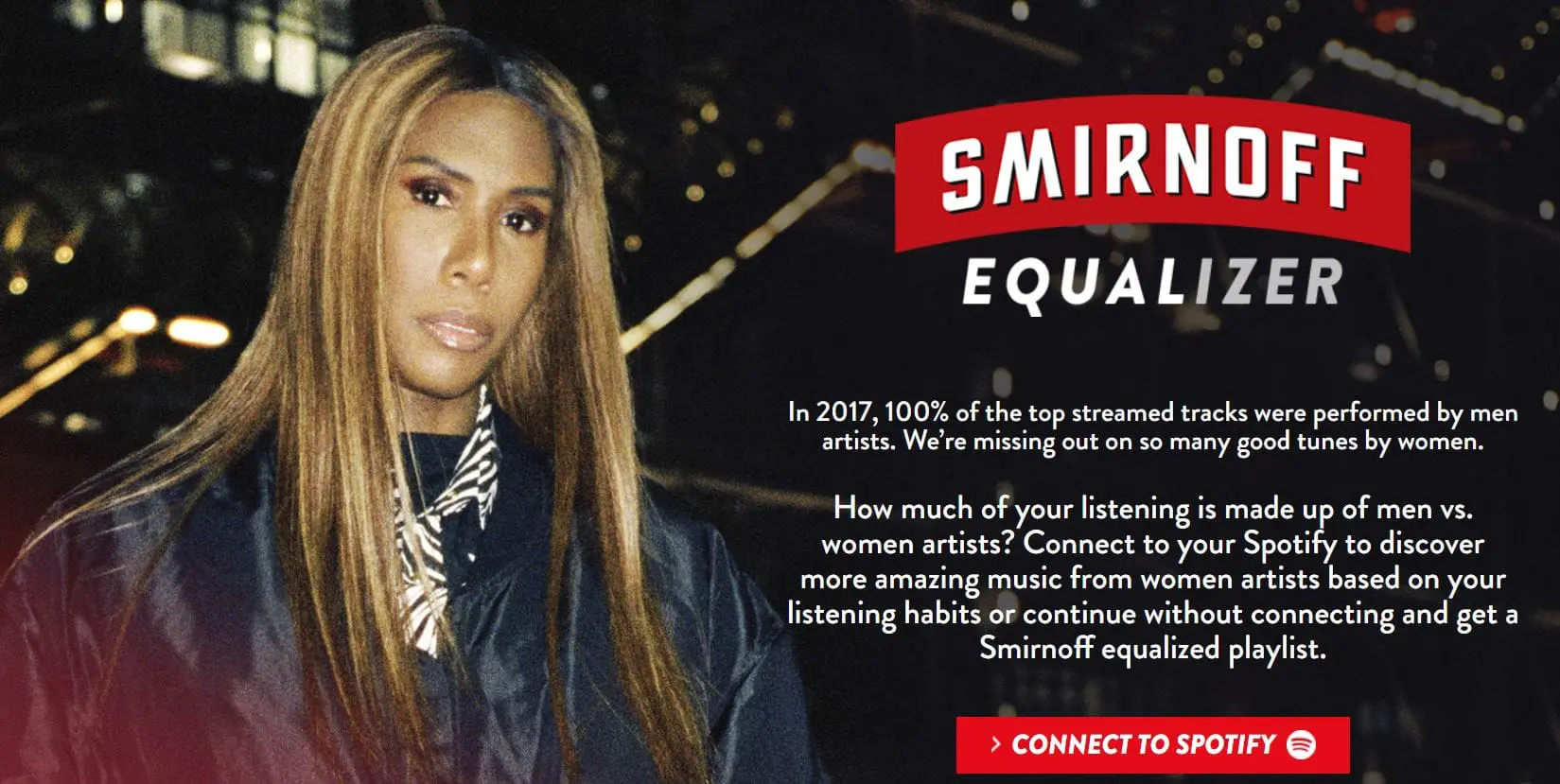
Finally, alcoholic beverages brands will have to look for inspiration in the wider FMCG industry in order to support female-led business initiatives and challenge remaining gender stereotypes. In the non-alcoholic drinks category, Starbucks launched a limited edition ‘Reserve Colombia Café Mujeres’ – an Arabica-style coffee from the Huila region that is 100% made and processed by Colombian women. While Yoplait launched a defiant campaign to expose the stigma and judgment attached to motherhood and to take a clear stance on the brand’s unconditional support to mums, no matter what their choices are.
Beauty: Breaking Stereotypes In India

The tides are changing in India – and the beauty and personal care industry is waking up to a new era of equality and inclusivity. Some brands have changed how they target female consumers; some are riding the wave that followed, while others – the laggards – are being forced to change.
Start-ups are key in shifting the mindset forward. The Indian beauty company Happily Unmarried celebrates the choice of being single in a country where marriage is the norm, especially for women. By adopting unconventional product names and fun branding, the company calls out stereotypes around women.

Another good example for this positive shift is Ariel, which tries to challenge the status quo and attempts to break stereotypes through its ‘Share The Load’ campaign. Launched in 2015, it urged men to answer: why is laundry only a woman’s job? As per WARC 2018 edition results, ‘Dads #ShareTheLoad’ remains a top-ranked campaign today.
This year, Ariel updated the message to go deeper into the cause of disparity. In the context of the right upbringing, Ariel urged this generation of mothers to be the change-makers for the future and raise yet another pertinent question – are we teaching our sons what we have been teaching our daughters?
In general, we can see that regulation has led change where brands have been lax. After the Advertising Standards Council of India issued guidelines in 2014 stating that “ads should not reinforce negative social stereotyping on the basis of skin colour” or “portray people with darker skin [as]… inferior, or unsuccessful in any aspect of life particularly in relation to being attractive to the opposite sex”, the controversial brand Fair & Lovely had to make changes. It was forced to shift towards more positive messaging and talk about ‘nikhar’ (glow), rather than putting the focus on ‘fair’ skin. This shows that India is clearly moving towards a more progressive society, where women are perceived as equals.
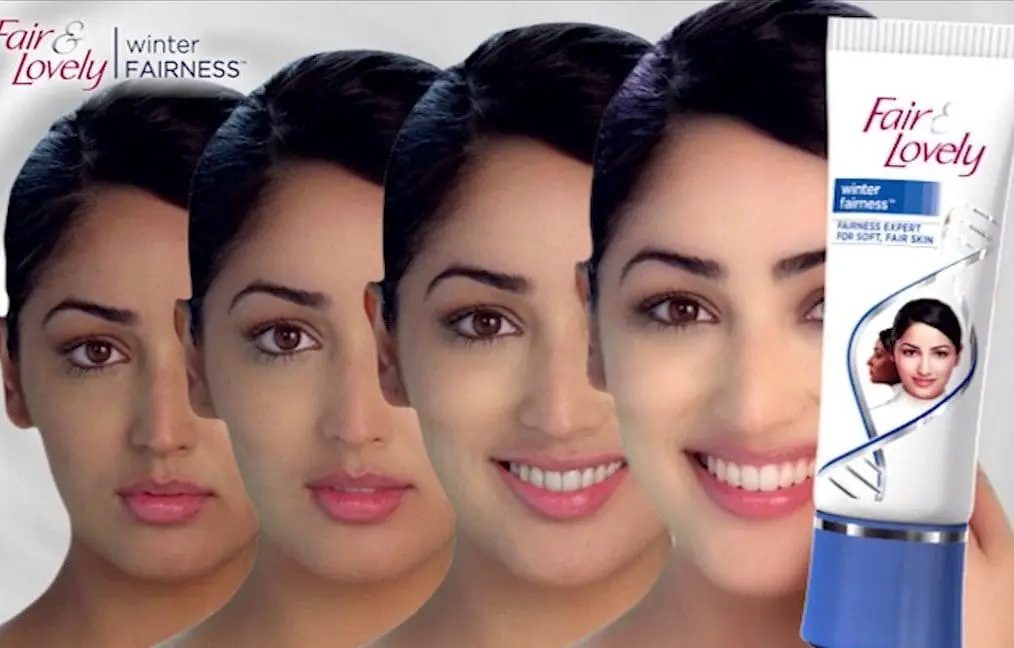
Fashion: Embracing Diversity
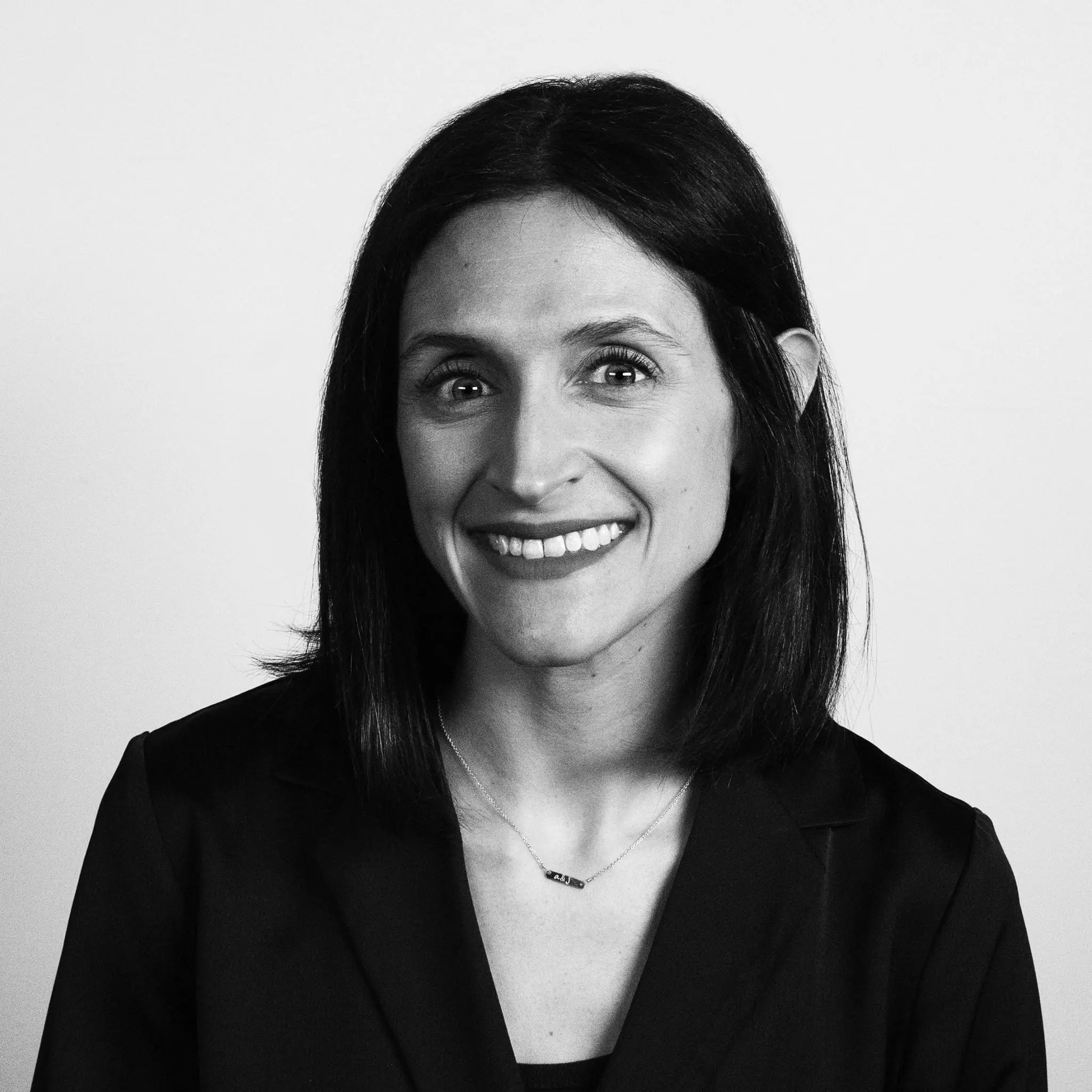
The integration of social media into many consumers’ lives has sparked a need for transparency. In an era when everyone – people and brands – are seemingly ‘on display’, consumers are craving authenticity and inclusivity. This desire is prompting more brands and retailers to show real people in campaigns, a departure from the photo-shopped perfection of years past. In an industry where models have been simultaneously idealized and scrutinized for unrealistic appearances, many fashion designers have shifted to a more inclusive and realistic use of models, a trend that’s occurring off the runway as well.
Some brands and retailers have aimed for larger representation in their advertisements. At the end of 2018, clothing retailer Madewell, for example, ran campaigns featuring older female models to highlight the versatility of their clothing, which had traditionally been marketed towards younger women.
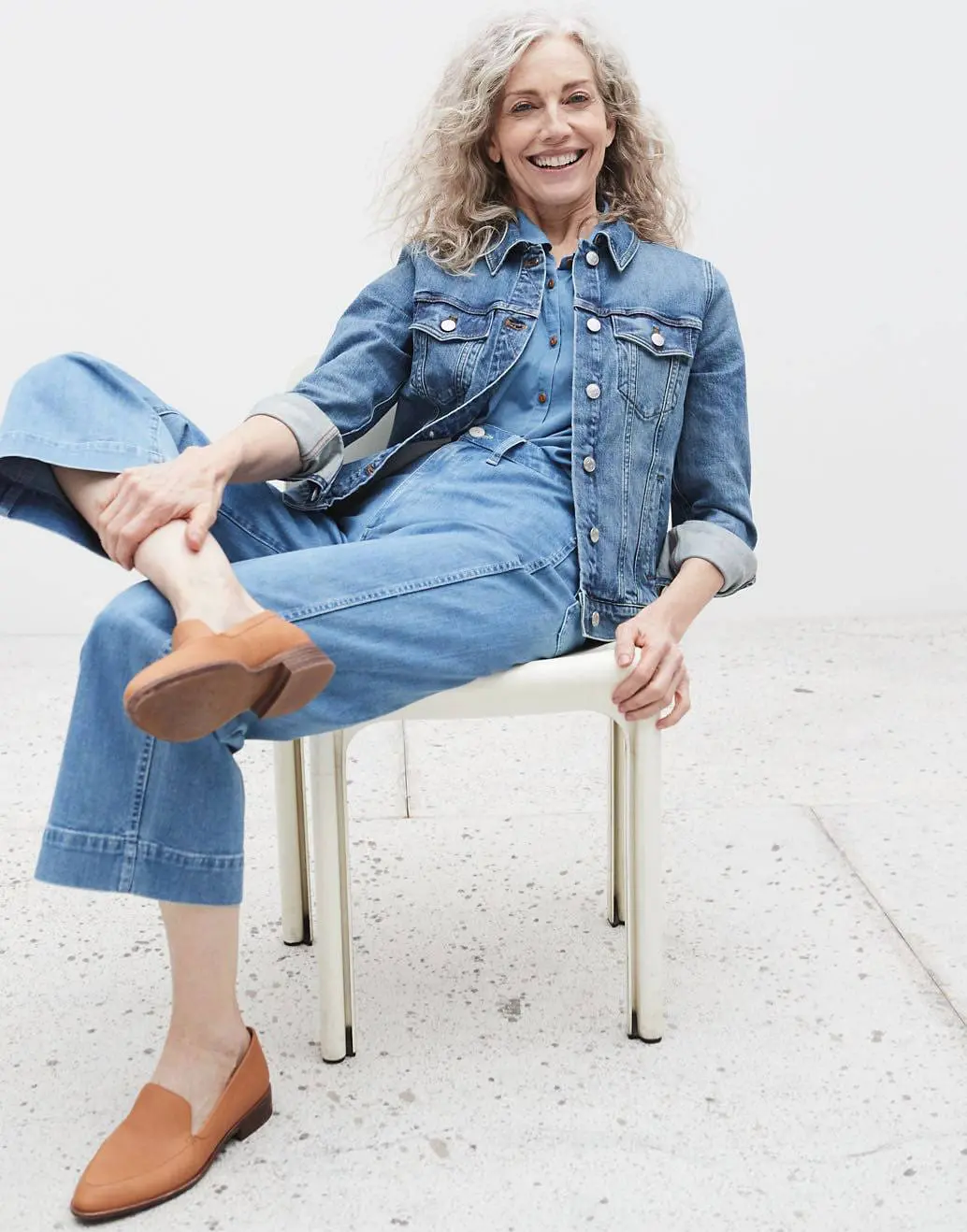
Aerie recently unveiled its latest #AerieREAL role models campaign, featuring a slew of ‘real’ women of various ages, races and shapes, in lieu of traditional models. Finally, in the summer of 2018, activewear retailer Outdoor Voices introduced its swimwear collection with ads featuring a diverse selection of models, including amputees and women of different races and body types. Consumers can detect inauthenticity and many are seeking genuine representation, which can help them form closer connections with brands and ultimately establish credibility with a brand or retailer and foster loyalty.
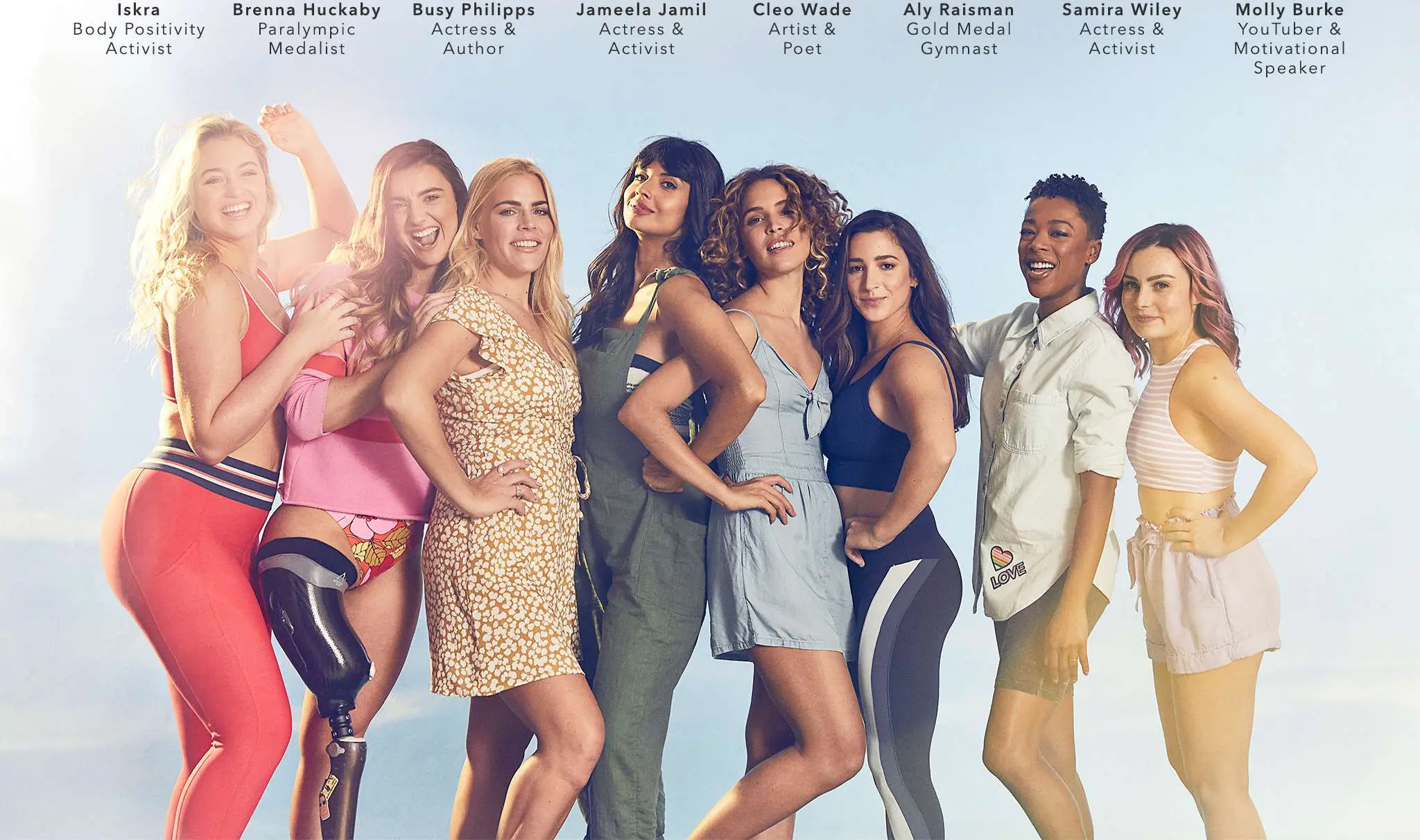
Ophélie Buchet joined the Mintel Global Food & Drink platform team in 2018, having spent over 4 years as a Trends and Innovation Consultant at Mintel. She is responsible for tracking consumer and innovation trends in a wide range of food and drink categories.
Rimpie Panjwani is Mintel’s Senior Beauty Analyst based in Mumbai. She specialises in analysing and providing insights on India’s beauty and personal care market and consumer trends.
Minu Srivastava is a Research Analyst for Beauty and Personal Care based in Mumbai. She specialises in analysing and providing insights on consumer behavioural trends and beauty and personal care market in India.
Alexis DeSalva is a Senior Research Analyst at Mintel. She is a Retail and apparel expert, specialising in insight, merchandising and trends impacting the industry.
